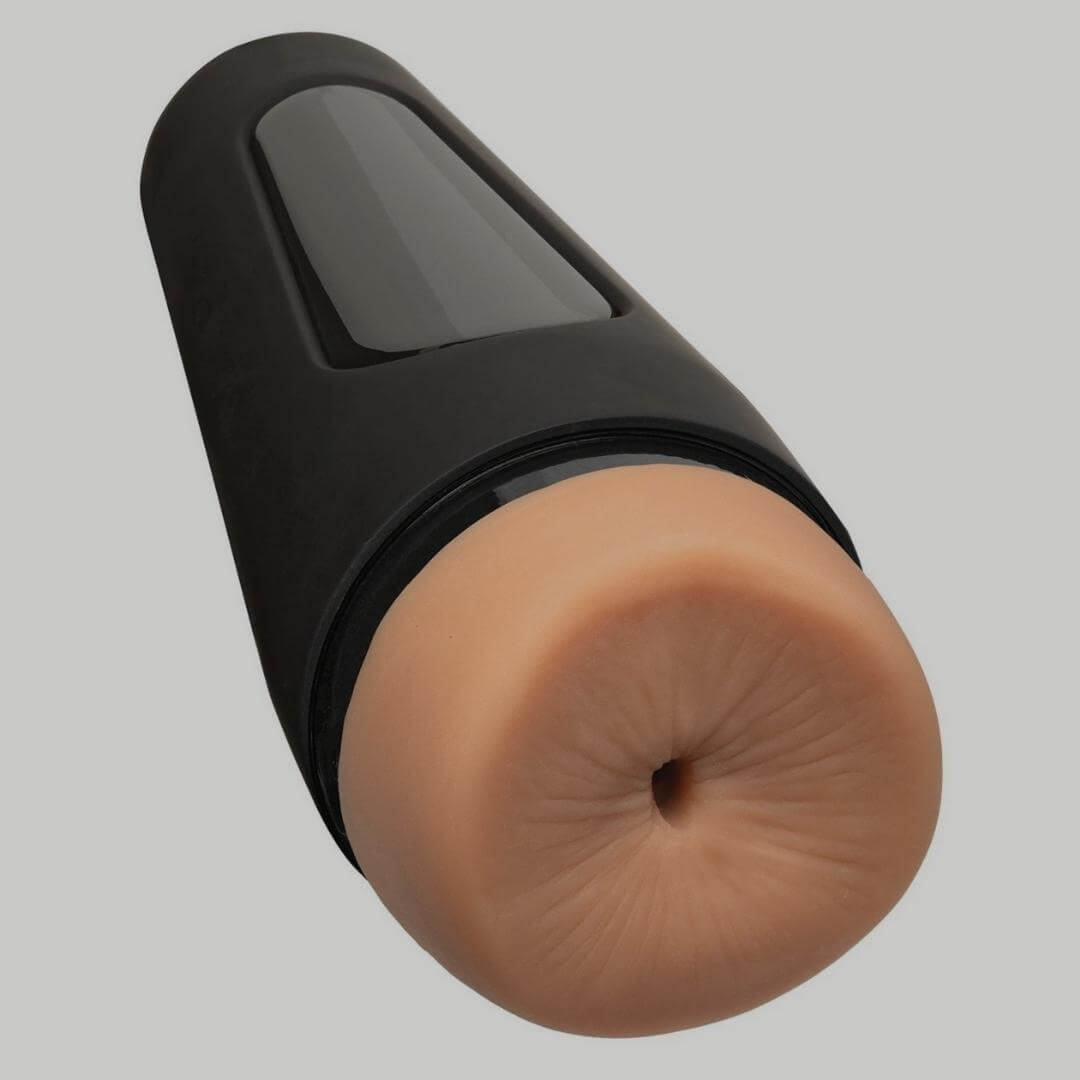9 Tips For When Your Partner Comes Out as Non-Binary

My friend’s son recently came out as non-binary, and while it shocked my friend and her family, they immediately accepted his coming out and have use the respective pronouns “they” and “them” to refer to Alex ever since. They do slip up from time to time and refer to Alex as “he,” it surprised them because Alex had never previously identified as “queer” and has been in a steady, loving, monogamous, heterosexual relationship with the same woman for 5 years. We all realized we still had a lot to learn with gender identityTimes, they are a changing.
Many celebrities have come out recently as non-binary. Notable celebrities like pop sensation Sam Smith, Miley Cyrus, Queer Eye’s Jonathan Van Ness, Rose McGowan, Eddie Izzard, Pandora Boxx, Courtney Act, Grimes, Cara Delevinge, Nico Tortorella, Jaden Smith have all recently come out as gender non-binary. It’s becoming more and more common to embrace this new gender identity.
But what is gender non-binary? And what do you do when you partner comes out as non-binary?
Gender fluid is a label people use to refer to themselves when they feel an association with both male and female genders. A person’s gender identity is the experience they have of being gender fluid. They often don’t prefer one sex or another, and instead prefer to not be labeled as anything at all. It is neither specifically male or female. Rather, both, or all inclusive. People who identify as gender non-binary are often those not wanting to branded or labeled by society as something that they don’t feel completely a part of.
While not always the case, many transgender people associate with the non-binary label than not. Sexual orientation doesn’t matter, as gender non-binary people can be any spectrum of LGBTQ to straight.
While you might solidly recognize one or more of the letters in the abbreviation LGBTQ+, your partner mightn’t feel the same way. You might end up dating someone who prefers to be considered non-binary, and you might also have a partner that reveals this fact about themselves some time into your relationship.
So, you partner comes home one day and comes out to you as gender non-binary. What do you do? Here are some tips and advice for handling this situation with your man.

1. Stop talking and start listening.
Any out, proud gay man can remember what it was like to come out to a loved one. It’s never easy owning and embracing your truth. Let your man talk and explain himself, how he feels and his emotions in regard to wanting to identify as gender fluid and non-binary. Give them the space they need and an earnest ear to let them know you’re there to support and love them.
2. Find out what it is they want.
Let your partner know that they are respected, heard, and will be treated accordingly to the way they want to be treated. You might not understand everything they are going to, but it is important for your partner to know they are appreciated. Encourage them with a positive attitude and let them know up front that they are in a safe space with you. Finding the inner core of your partner’s wants, needs, and desires will help them lead a fuller, healthier life.
3. Ask your partner how they want to be introduced to people and how they would like to be referred.
Non-binary people often don’t recognize as specifically one gender or another. It mightn’t always be easy to remember, and you might screw up sometimes and refer to your partner by their society-assigned previous gender label, but try to use the appropriate pronouns your partner wishes for you to use.
The pronouns they, them, and their are often the best way to generally speak about anyone.

4. Respect your partner enough to make the effort to not use their dead name and dead pronouns.
These names and pronouns were often not chosen by your newly out as non-binary partner.
So have the follow through and courtesy to use these whenever you are speaking to or about your partner. You mightn’t always agree with your partner or their experiences, nor will you always understand them. But you can always agree to not understand and respect them anyway.
5. Lend them support, and ask them if they need help or counsel, but don’t think you’re necessarily entitled to them reaching out or explaining things about their body.
You can always support your partner by offering your ear and help whenever they need it. But know that it wasn’t easy to come out to you about them being non-binary. So it won’t be easy asking or help or talking about their body.
Try getting something to show your support in external ways like a trans, non-binary, or queer flag hanging in the window. This small gesture can mean the world to someone and give them a reassurance that they are supported publicly. that they are not alone.
6. Take the time to learn about the non-binary experience.
Do your due diligence and extensive research. You can show your partner that you really care by educating yourself about what it means to be non-binary. It isn’t some completely abnormal or out of body experience that you won’t be able to fathom. Non-binary folks are people too, complex and simplistic like the rest of us.
You might expand your own comfort levels with some newly acquired knowledge.

7. Introduce toys into the relationship.
Sometimes, it helps to spice up your sex life while dealing with something as series as a gender coming out. We all have a little bit of masculine and feminine in us, so help to explore your and your partner’s sexuality with some fun bedroom accessories. The gay subscription box from Adams Toy Box is a fun assortment of toys and accessories delivered monthly. Everything from enemas to lotions, toys to masturbaters and everything in between.
Some amazing massage oils can help open your partner up to the possibility of exploring their body together.
Adam’s Toy Box has a delicious array of restraints, too, if locking you or your partner up helps with the process of becoming more in tune with you or their body.
Try wearing a hooded blindfold and letting your partner rub their body all over yours. With a blindfold on themselves, you both can become more aligned with each other’s sexuality by relying on your other senses to get you turned off and get off.
8. Educate your friends and family on the topic.
Granted, you will need to ask your partner first before announcing to the world that they are non-binary. But once you have their permission, start making sure everyone in your immediate circle is on the right side and ready to treat your love in the light they want to be treated. Give your friends and family some sourced information on the topic so they can begin the same educational journey you yourself took in order to better understand your partner’s journey.
Pick up some pamphlets and have them ready to go for anyone who still cannot wrap their brains around the situation. Readily available info packets are great at educating the masses, but perfect for distributing to your family and friends and inner community.

9. Let them communicate with you how and when they want to.
Rome wasn’t built in a day. Allow your partner to take their own time to tell you how they feel and about their specific situation. There is no race to the finish, and giving your boo the space they need will allow them to trust you and know they can always confide in you with a level of honesty and truth from their perspective.
Give your partner the time and ability to move forward at their own pace, and you’ll end up reaping the trust benefits later. They’ll appreciate you giving them air to breathe while still figuring it all out for themselves.
In short, if your partner comes out to you as gender non-binary, just BE there. Stand by your partner’s side. To whatever capability that looks like and within the best of your ability. Acknowledge that we all are human and it might take you just as much time as it does your partner to realize the complexity of the situation.
If you are honest and upfront about your feelings and concerns, but also allow your partner the platform to confide in you, your relationship will flourish and be taken to new levels of love and understanding. My friend’s son? They are happier and healthier than ever. This can be a new journey both of you get to explore.
As for my friend’s son? They are doing better today than ever. Alex’s relationships are thriving, and he takes pride in knowing he can live his truth while being accepted by those closest to him.















